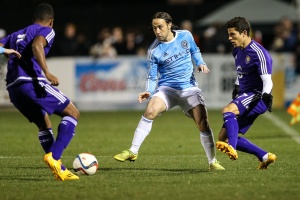Recently, Minnesota United FC, arguably the most successful current franchise in the NASL, America’s Tier II soccer league, announced that the team will be promoted into MLS in 2018. With this news, questions can be raised about the financial state and popularity of minor league soccer in the United States.
The North American Soccer League was reborn in 2011 after its first stint from 1968-1984 failed due to rapid expansion and the retirement of superstar Pele. According to SB Nation, the 2014 season saw attendance grow 30% from the year before, primarily thanks to the expansion franchise Indy Eleven averaging over 10,000 fans per game in its first season. The soon to be promoted Minnesota United averaged around 9,000 fans per game in the fall half of the season, and the newest franchise, the Jacksonville Armada have already drawn 13,000 fans to a preseason game against an MLS team. In addition, the league just announced a major deal with ESPN to have 120 NASL matches carried per season on the online outlet ESPN3, making the games available in 75 nations. These statistics definitely give the minor league soccer fan reason to be optimistic about the league’s future.
Yet the NASL may face future problems due to its marketing philosophy. Since its inception, the league has advertised itself as a decentralized structure allowing new franchises to grow as fast as they want to and spend as much money as they please. Instead of accepting its position as a minor league to the MLS, the NASL arguably hopes to rival the top league by attracting expensive talent and investors like the New York Cosmos. The Cosmos franchise ultimately chose NASL over MLS because they preferred a league without a spending cap rather than one that operates under a single-entity structure.
The results for the Cosmos have been mixed. According to Capital New York, the team averaged roughly 5,000 fans per game at Hofstra University in 2014 and its ambitious plan for a 25,000 seat stadium near Belmont Park outside Queens has been in limbo for 2 years, due to no response from the Empire State Development organization that put out the proposal back in 2013. See the original promotional video for this stadium below. The team may need to find a site elsewhere because the ESD has not taken this proposal seriously.
Another team recently facing stadium issues has been the Indy Eleven. Despite selling out every game in IUPUI’s Carroll Stadium, the franchise just had a bill rejected by the Indiana State Senate that would have granted the team $82 million to build a new downtown stadium (pictured at the top of this post). As a consolation, the team was granted $20 million to renovate its current facility, but this highlights the image problem that the league faces.
The ongoing reality with NASL, as well as minor league soccer as a whole, is that success for franchises comes when teams are promoted to MLS. This has been evident with the promotion of the Seattle Sounders, Portland Timbers, Vancouver Whitecaps, Orlando City FC, and Montreal Impact. If the league hopes to be popular in its own right, it may need to differentiate itself entirely from MLS. Other sports leagues tend to advertise their major leagues as an area to watch the world’s best talent face off while minor leagues tend to advertise the aesthetic appeal and experience of the game. The issue with soccer is that America currently does not have the world’s best talent in the sport. As a result, both MLS and NASL are advertising the aesthetic appeal and experience of the game. Time will tell if the NASL can survive in this environment.
REFERENCES
http://www.massivereport.com/2015/3/25/8289833/whats-next-for-the-nasl-and-mls-expansion
http://www.empireofsoccer.com/embrace-minnesota-uniteds-32967/
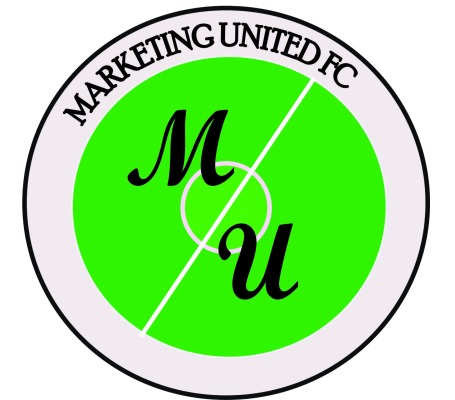
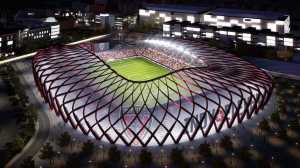
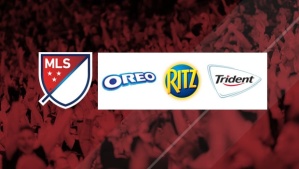
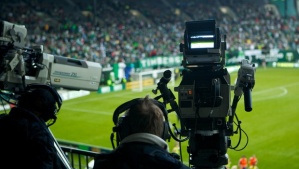 According to MLSSoccer.com, the first weekend of MLS soccer’s 20th season was a modest hit on national TV, with Sunday’s match between Orlando and New York City on ESPN2 raking in 539,000 average viewers, which was 100,000 viewers higher than any regular season game broadcast on ESPN2 last year. In addition to this success, UniMas‘s Friday broadcast drew an average of 341,000 viewers, while the Sunday doubleheader of games on Fox Sports 1 drew 268,000 and 289,000 viewers respectively.
According to MLSSoccer.com, the first weekend of MLS soccer’s 20th season was a modest hit on national TV, with Sunday’s match between Orlando and New York City on ESPN2 raking in 539,000 average viewers, which was 100,000 viewers higher than any regular season game broadcast on ESPN2 last year. In addition to this success, UniMas‘s Friday broadcast drew an average of 341,000 viewers, while the Sunday doubleheader of games on Fox Sports 1 drew 268,000 and 289,000 viewers respectively.